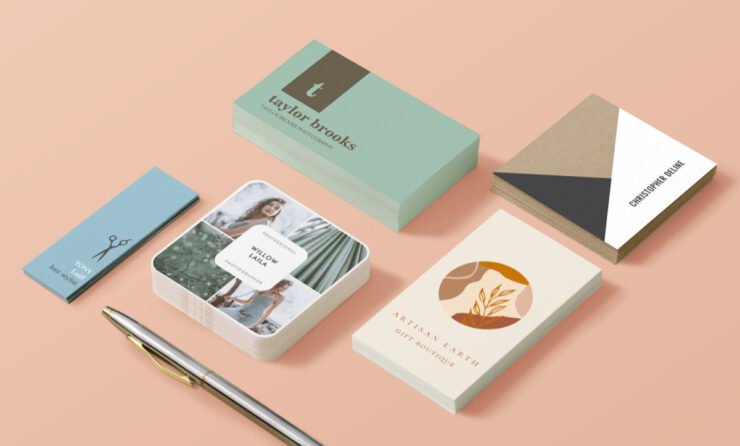Printing business cards can be a great way to promote your company and connect with potential customers. However, there are different formats that can work better for different types of businesses. In this article, we will discuss the different formats and recommend the one that is best suited for your business.
What Business Cards Should Include?
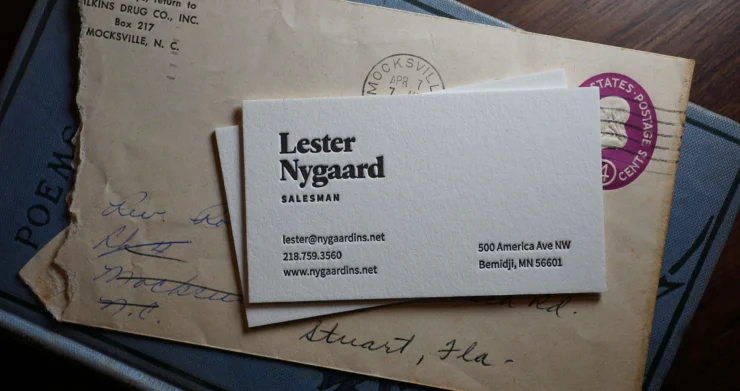
When printing business cards, it is important to consider the best format for your card.
– It is typically recommended that business cards include a person’s full name and contact information, such as their email address and phone number. However, there are other formats that can be used as well. For example, you could print a list of your company’s services on one side of the card, and add a picture or graphic on the other side.
– Additionally, you may want to include a slogan or tagline on your business cards. This will help you to create a memorable impression with potential clients, and will help you to stand out from the competition.
– Finally, it is important to think about the material that your business cards will be made of. Paper types, colors, and thicknesses all play a role in how your cards will look and feel. Consider what type of impression you want to create, and choose the materials that will help you achieve that goal.
Whatever format you choose, make sure it is easy for potential customers to read and understand.
What are the Best Ways to Design Business Cards?
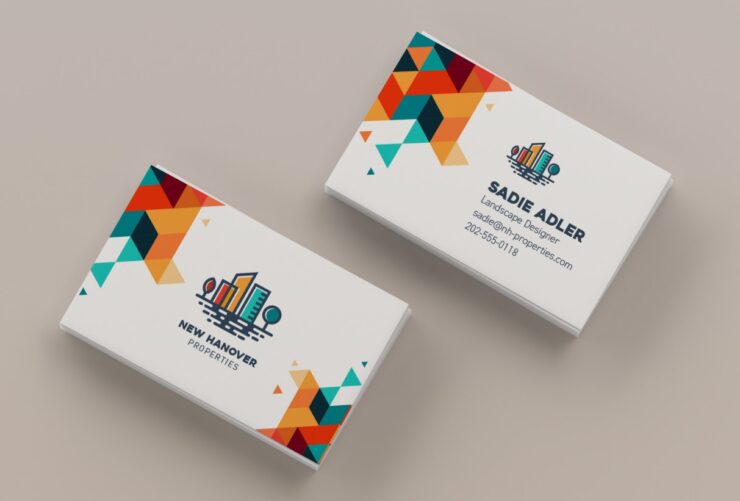
Designing business cards can be a daunting task, but there are a few popular formats that you can use. The most common is the standard rectangular card with your name and contact information printed in the center. You can also create cards that are shaped like envelopes or hats, and even print your company logo on them. If you’re not sure how to design business cards, there are plenty of online resources and online printing services available to help you get started.
What are Some Alternative Formats for Printing Business Cards?
There are a few different formats for printing business cards, and each has its own advantages and disadvantages. Some popular formats include:
1 Print on demand: This format is best for smaller businesses who don’t need a lot of cards printed at once. Businesses can print as many cards as they need, and then order new cards when they run out. This format is also good for businesses who want to keep their printing costs low.
- Resin: Resin cards are more expensive than print on demand cards, but they’re also more durable. They’re also good for businesses that want to stand out from the competition.
- Custom printed cards: If you have a lot of custom content on your cards, or if you want to create a unique card design, printing them yourself is the best option. This can be time-consuming, but it’s definitely worth it if you want a truly special card.
- Magnetic business cards: Magnetic business cards are a great option if you want to give your cards a bit of a special edge. They can be easily attached to a metal pin or magnet, and they look really cool.
What are the Different Types of Business Cards?
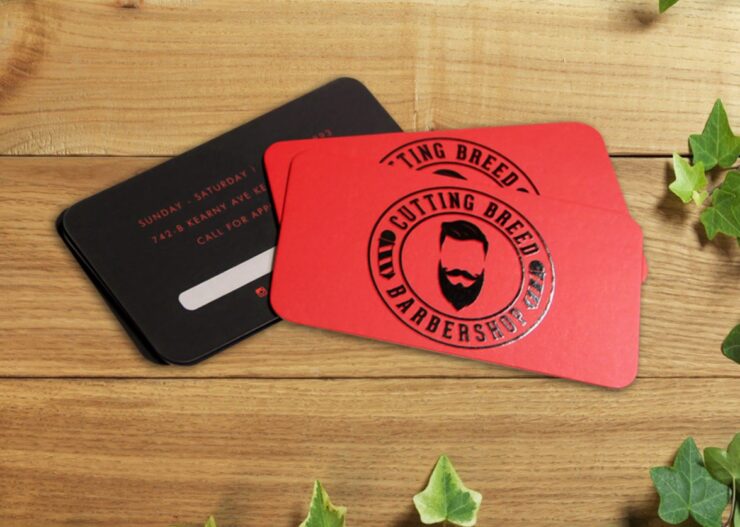
There are a few different types of business cards, but the most common ones are printed on paper and folded into a triangle. Other common formats include printed on card stock and folded like a letter. There are also plastic or electronic versions that can be sent electronically or in the mail.
What are the best Printing Materials for Business Cards?
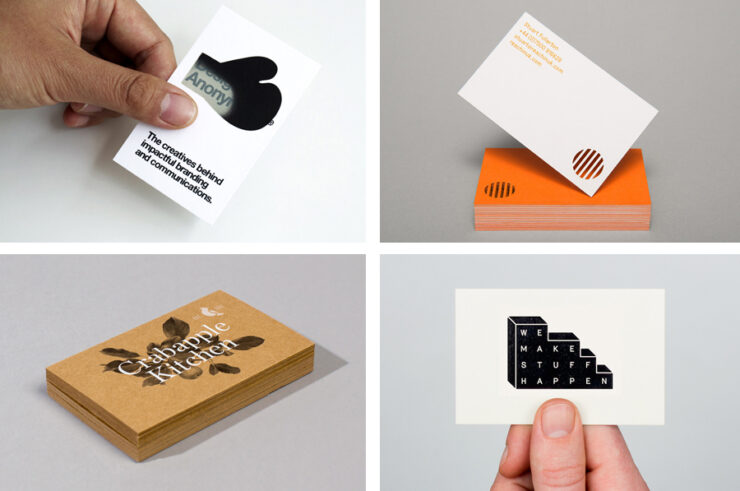
When printing business cards, there are a few things to consider. The most important factor is the material. There are a variety of materials that can be used for business cards, each with its own advantages and disadvantages.
-
- Paper: The most popular printing material for business cards is paper. Paper cards have a classic look that is timeless. They are affordable to print and distribute, and they are easy to write on. However, paper cards do not hold up well to wear and tear. They can become wrinkled and creased easily, which can make them difficult to read.
- Card stock: Card stock is a nicer-looking alternative to paper cards. It has a more formal appearance, and it is less likely to wrinkle or crease than paper cards. Card stock also holds up better to wear and tear than paper cards. It does not show fingerprints as easily as paper cards, which makes it ideal for businesses that want to project a high level of professionalism.
- Plastic: Plastic business cards are another option for printing business cards. They are lightweight and easy to carry around, which makes them convenient for distribution. Plastic cards also have a more modern look than paper or card stock cards. However, they do not hold up as well to wear and tear as paper or card stock cards. They can become wrinkled, creased, and even torn.
Conclusion
Depending on your business, you may have different printing needs. If you’re just starting out, it might be a good idea to print your business cards on nice paper and make them look professional. However, if you’ve been in business for awhile and need to reduce costs, it might be better to print your cards on cheaper paper and put them in an envelope.
Printing business cards is an essential part of any small business. When done correctly, they can help you build a strong relationship with your clients and create lasting impressions. However, there are many different formats available and it can be hard to know which one is right for you. In this article, we have outlined the three most common card printing formats and given tips on how to choose the best option for your business. So whether you’re looking for classic rectangular cards or something more creative, read on to find the perfect format for your brand!

